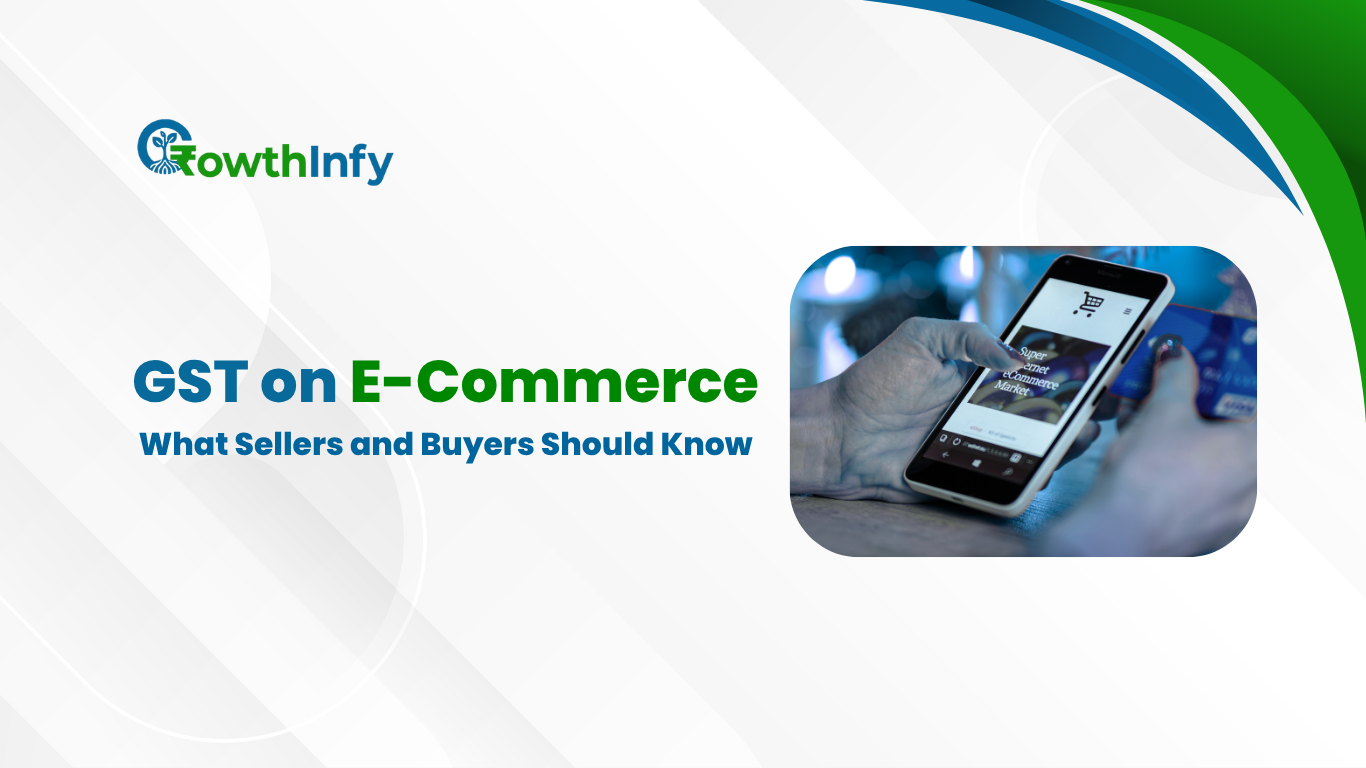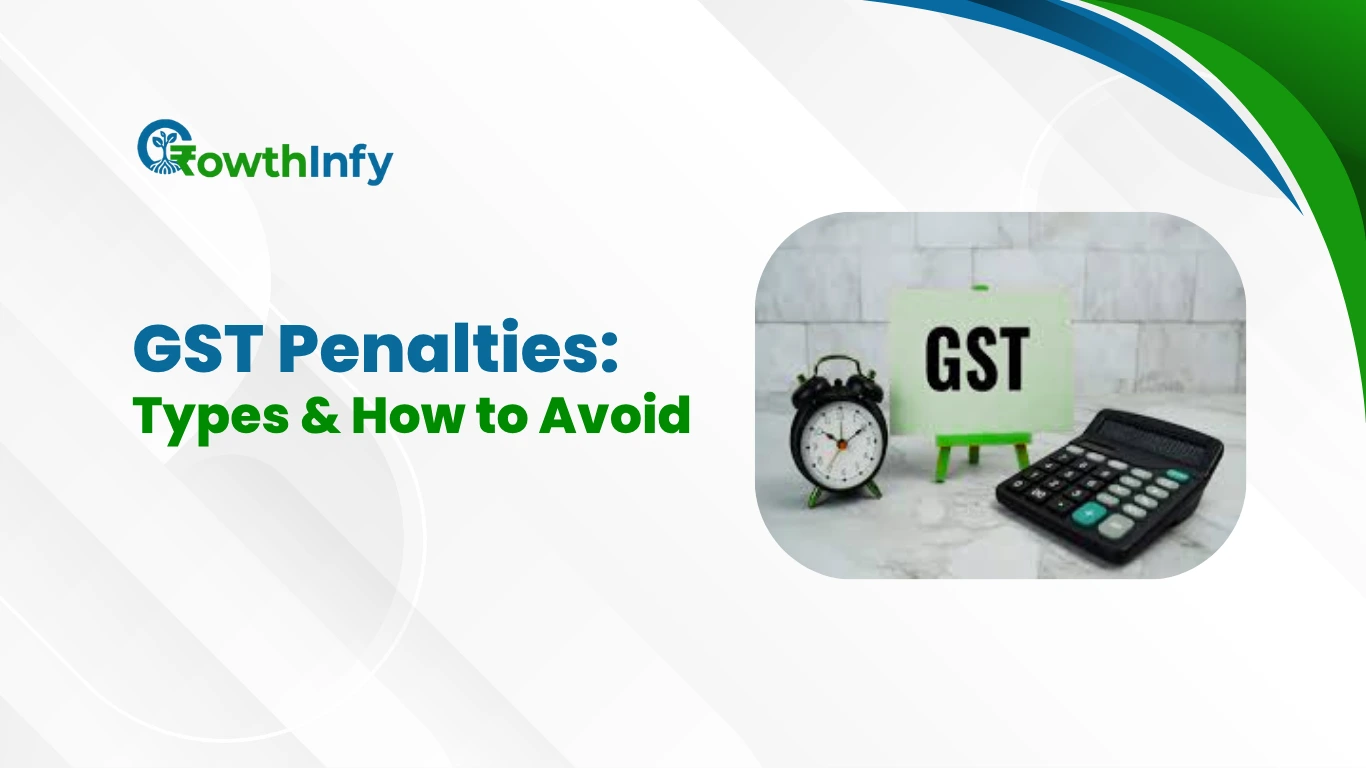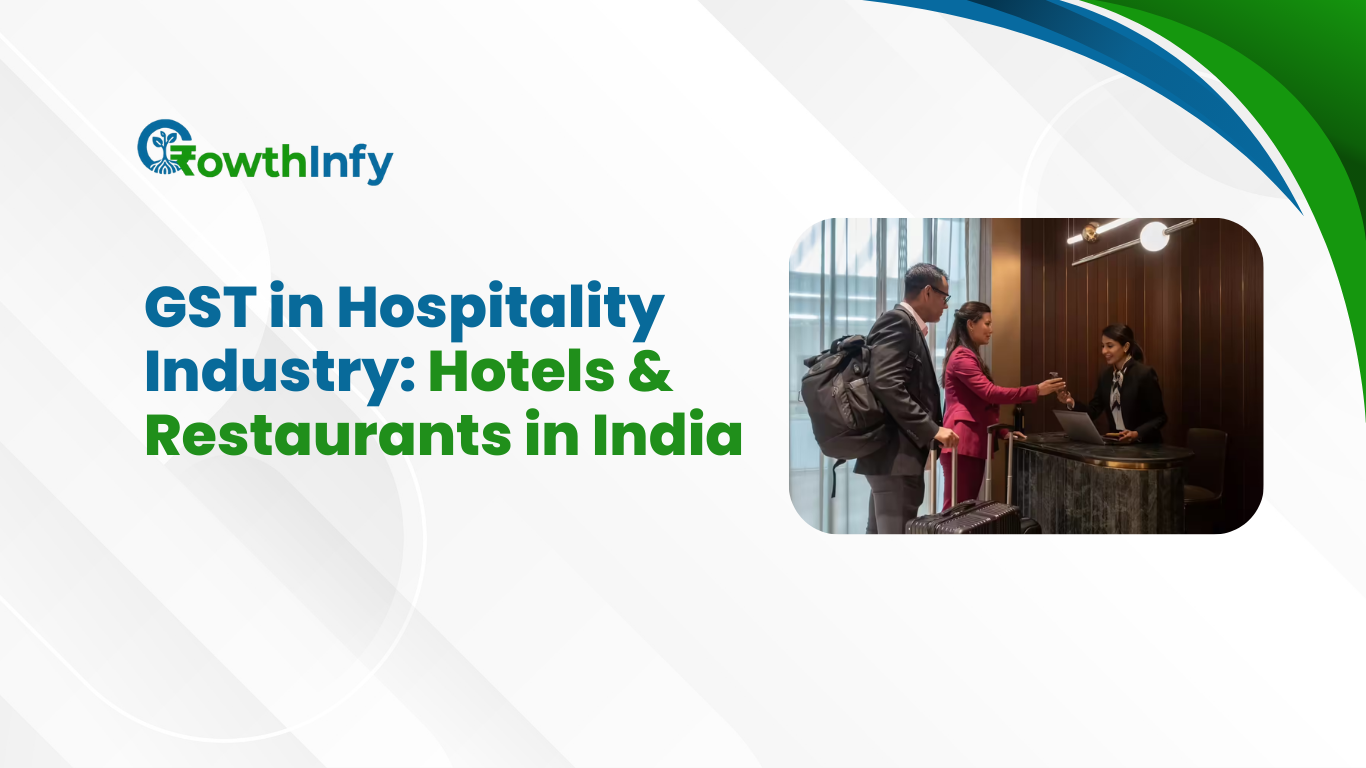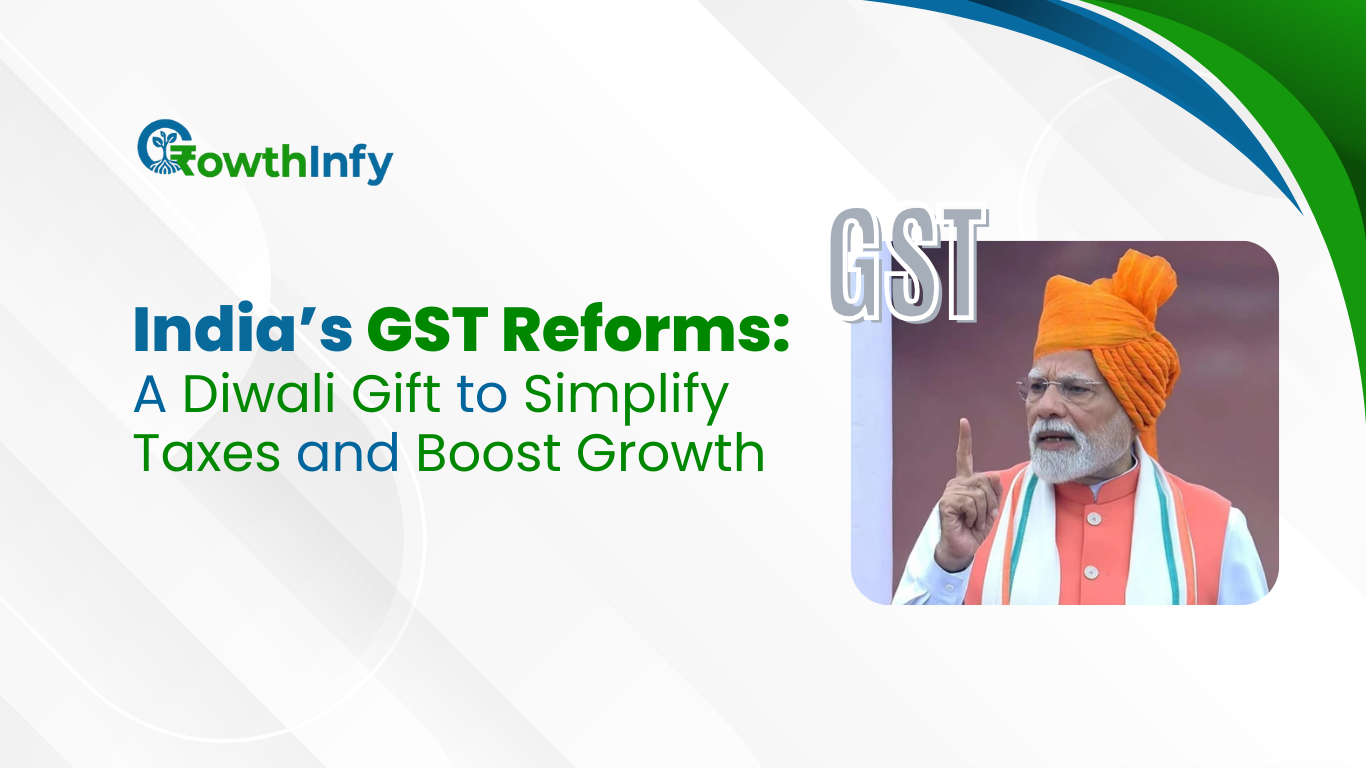GST on E-Commerce: Key Insights for Sellers & Buyers
The e-commerce industry in India is thriving due to the availability of internet access, smartphone penetration, and digital payment systems. Since all major e-commerce industry platforms, such as Amazon, Flipkart, and Swiggy are currently dominating the market, Goods and Services Tax (GST) has played an integral role for both sellers and buyers and e-commerce transactions must include GST. On the one hand, the GST has created an organized method of taxing e-commerce transactions, on the other e-commerce transactions carry distinct compliance requirements. The purpose of this article is to highlight the reasons to know about GST on e-commerce business, its implications and how sellers and consumers can learn how to deal with it.
Understanding GST on E-Commerce
Goods and Services Tax (GST), which was introduced in India in 2017 comes under a destination-based tax on a supply of goods and services. For e-commerce, GST can apply to online transactions. This encompasses sales of physical goods, digital goods, and services. Most duties and rights of GST taxpayers are prescribed differently for e-commerce sellers than those will traditional sellers or suppliers, specifically the registration requirement and e-commerce operators need to comply with Tax Collection at Source (TCS). Although GST rights and duties do not generally differ for customers it is especially important for them to understand how GST may affect pricing and their rights to claim Input Tax Credit (ITC) if applicable.
GST Compliance for E-Commerce Sellers
Mandatory GST Registration
E-commerce sellers, regardless of their turnover, must register for GST. This is different from regular businesses which have a threshold of ₹40 lakh for goods or ₹20 lakh for services (or ₹10 lakh for special category states) before they need to register. The purpose of mandatory registration is so that assets that are purchased for resale can be conducted in compliance with GST laws and so that it becomes possible for sellers to claim input tax credits (ITC) for these purchases. Sellers must display their GST Identification Number (GSTIN) on their website and invoicing for transparency purposes.
Tax Collection at Source (TCS)
E-commerce operators, such as Amazon and Flipcart, are required to deduct 1% TCS (0.5% CGST + 0.5% SGST or 1% IGST) on net taxable value for sales made on behalf of third-party sellers. This TCS is deducted from the payments made to sellers and must be deposited with the government within the 10th of the following month. Sellers may claim the TCS as credit while filing their GST returns. Thus, there is no additional tax burden.
Filing GST Returns
Sellers must file GSTR-1 (outward supplies) by the 11th of the next month and GSTR-3B (summary of supplies and ITC) by the 20th. Small businesses with a turnover below ₹5 crore could also be eligible for a quarterly GSTR-1 filing through the Quarterly Return Monthly Payment (QRMP) scheme. One of the most important aspects of GST is the accurate filing of returns in compliance with stipulated timelines to avoid hefty penalties for late filing of returns.
No Composition Scheme for E-Commerce
Unlike small businesses, e-commerce sellers cannot avail of the GST Composition Scheme, which represents a simplified compliance method and provides lower tax rates. This presents an even higher compliance burden for small and medium-sized sellers, as they must file monthly returns and keep records in a detailed manner.
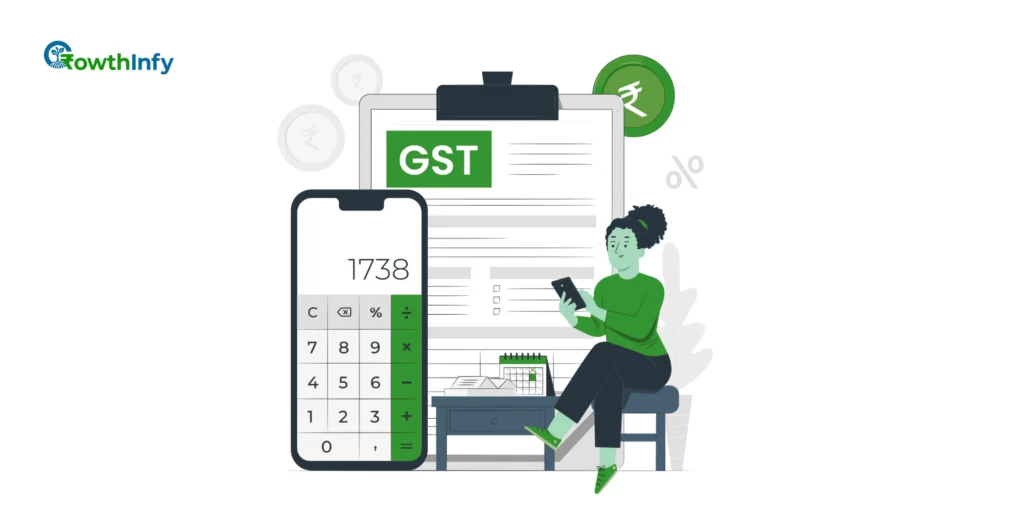
GST on E-Commerce Transactions: Key Considerations
Place of Supply Rules
GST is a destination based tax, which means it is applied in the jurisdiction where goods or services are consumed. For instance, if a buyer in Mumbai orders a good from a seller in Chennai via e-commerce, the place of supply is Mumbai; which governs whether CGST and SGST or IGST is applicable. CGST and SGST are applicable in intra-state transactions and IGST is applicable in inter-state transactions.
Types of GST Rates
GST takes into account the product or service, and the rates can vary considerably, generally from 5% to 28%. Goods classified as essential, like groceries, usually attract the lower GST rate while luxury goods fall into the higher slab. Sellers need to classify their products correctly, and classify them correctly under the Harmonized System of Nomenclature (HSN) to apply the proper rate. Misclassifying them can lead to issues with the tax amount they owe or even penalties altogether.
Also read our insightful article on History of HSN Code: Meaning, Significance, and Impact in India
Section 9(5) Services
Under Section 9(5) of the CGST Act, Certain services provided by e-commerce operators (such as Swiggy, Uber, etc.) are to be paid on behalf of the supplier by the operator. Services for restaurants, house keeping services and passenger transportation services are examples of services subject to this. Since January 2022, Zomato is liable to pay 5% GST on restaurant supplies as a service provider, even if the supplier is an un-registered entity.
Impact of GST on E-Commerce Sellers
GST presents both opportunities and challenges for e-commerce sellers. While it has simplified taxation and eliminated multiples taxes, sellers can access a nationwide market with uniform tax rates, and they can reduce their tax burden on inputs through ITCs to increase their profits, there are some challenges e-commerce sellers face today:
- Increased Compliance: There are now mandatory registrations, with return deadlines, and short deadlines to make their TCS deductions which create additional administrative burdens for sellers; especially those with small businesses
- Taxes on Expenses: GST is charged for commissions, logistics and advertising. In turn this reduces the seller’s profit margins.
- Complex Refund Process: Sellers can now spend large amounts of time preparing and asking for GST refunds which negatively impacts their cash flow.
Sellers may therefore find good value in adopting an automated GST software that can send returns and integrate via an API with accounting packages so that all information is maintained in a good electronic record.
What Buyers Should Know About GST on E-Commerce
GST in Pricing
When buyers make product purchases on e-commerce sites, they see GST included in the price. Knowing the tax portion of a product price enables buyers to make informed purchases. A product of ₹1,000 that has an 18% GST rate has a tax portion of ₹180. A buyer registered under GST can claim ITC on qualifying purchases which lowers the actual cost of purchases.
Invoice Transparency
E-Commerce platforms need to provide GST-compliant GST invoices with GSTIN, HSN code and tax breakup. Buyers need to check these details to ensure compliance and claim Input Tax Credit (ITC) if applicable. Proper invoicing is essential for all transactions to settle disputes properly in the event of returns or refunds.
Impact on Product Pricing
The implementation of GST makes pricing more transparent by establishing the same tax rate in every state. Nevertheless, certain products are facing high GST rates (e.g., electronics are at 18%) which can result in higher prices compared to pre-GST days where the same product could have different taxes in different states. It is important for buyers to compare prices across multiple platforms to get the most competitive deal.
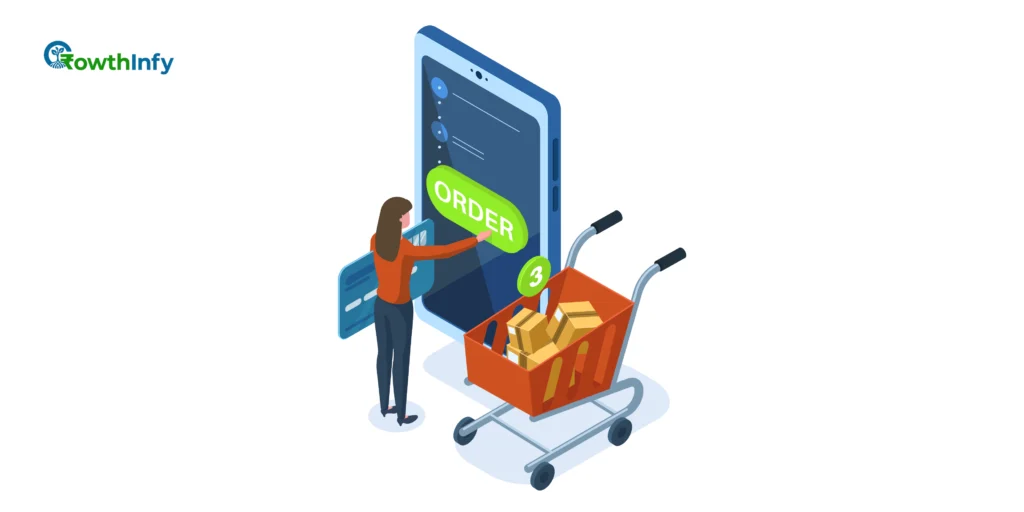
Challenges and Solutions in GST Compliance
Common Challenges
- Registration complications: Getting started with GST registration might be tricky because it has a bunch of paperwork and compliance know-how.
- TDS/TCS . Reconciliation: A lot of sellers will have TCS withheld by the suppliers and struggle to reconcile these TCS deductions and even try to claim credits.
- Multiple State: E-commerce businesses selling goods or services across multiple states have to register in each state and further complicate compliance.
Practical Solutions
- Use GST Software: Please use GST software to file returns and manage invoices easily.
- Hire Experts: Hire professionals who are tax experts to help you manage complex GST provisions.
- Stay Updated: Regularly check updates from the GST Council so that you can comply with new regulations, for example, changes from the 53rd GST Council meeting.
Conclusion
GST on e-commerce has revolutionized the online marketplace in India by creating transparency and consistency in the tax regime. For sellers e-commerce sellers mandatory registration, a TCS (tax collection at source) and filing taxable return are important compliance requirements. Buyers are facilitated to know where they stand with their pricing and ITC eligibility as a consumer. Despite challenges and compliance burdens, automating processes and educating yourself remains paramount in achieving seamless compliance. As the e-commerce industry continues to grow, understanding GST will help realize e-commerce’s true growth potential.

